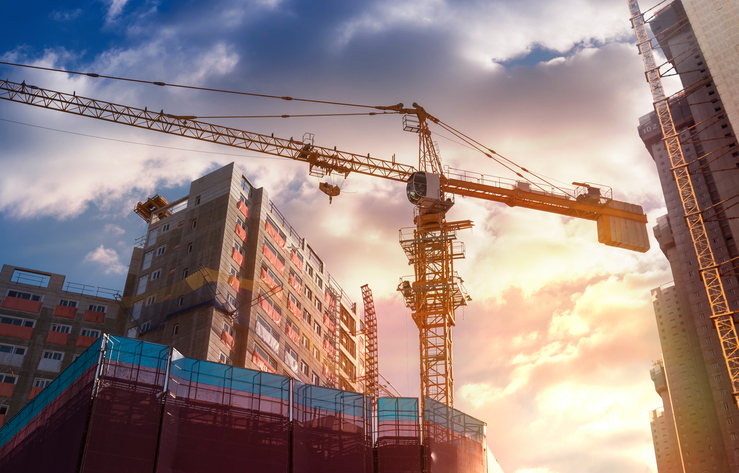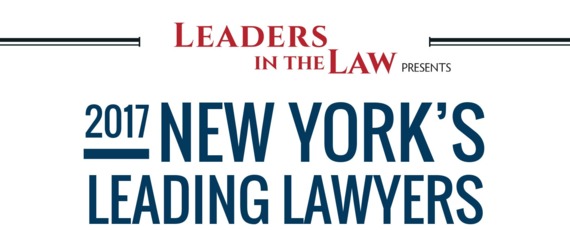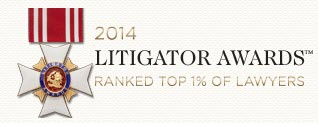A property owner “should have known” about a dangerous condition on their property if the condition existed long enough that a reasonably careful owner would have discovered and fixed it. In more technical terms, the owner is said to have “constructive notice.”

It would be unfair to hold property owners or occupiers responsible for dangerous conditions that they could not possibly have known about. However, to be legally liable, it is not necessary that they actually knew about the hazard. Instead, they are responsible for accidents if, had they been acting reasonably, they would have known about the dangerous condition.
Why it matters that a property owner “should have known” about a hazard
In New York, a property owner has a duty to keep their property in reasonably safe condition or warn others of hazards that could cause injury. If the owner breaches that duty and someone is injured as a result, the owner may be liable for economic and non-economic damages caused by the injury.
To recover damages, the injured party has the duty to prove several elements, including that the property owner knew or should have known about the dangerous condition. If the fall occurred because of a new hazard that the owner caused, knew about, or should have known about, the injured party can prove an essential element of his personal injury claim.
How to prove that a property owner “should have known” about a dangerous condition
To prove that the owner should have known about a property defect, the victim must show that the dangerous condition was visible and that it existed for a sufficiently long time before the fall that the owner or someone acting on his behalf had time to discover and fix it. It may also be possible to show constructive knowledge by demonstrating that the same type of hazard had occurred before and therefore was expected – for example, if customers often track snow into a business, creating a slip hazard, the business should be on the lookout for a wet floor during snowy weather.
If you need to prove constructive notice, your NYC slip and fall lawyer will use the discovery process to gather evidence such as:
- Records or testimony showing how long the condition was present
- Documentation of any complaints that owner received about the hazard before the fall
- Procedures that the owner or its employees follow to discover potential risks
There are a number of tools that your lawyer can use to obtain this information, such as document requests and requests for surveillance camera footage, as well as interviews with witnesses who are under oath, known as depositions.
Hold an at-fault property owner accountable for a NYC slip and fall injury
After a serious slip and fall injury, you may have a lot of questions about how to proceed. You may be eligible for compensation, but you will need to establish a case of premises liability against the property owner. We can help.
We understand the toll that an injury can take on your life and are committed to helping you receive optimal recovery. Call Friedman, Levy, Goldfarb, Green & Bagley, P.C. today to schedule a free consultation to discuss your options.






